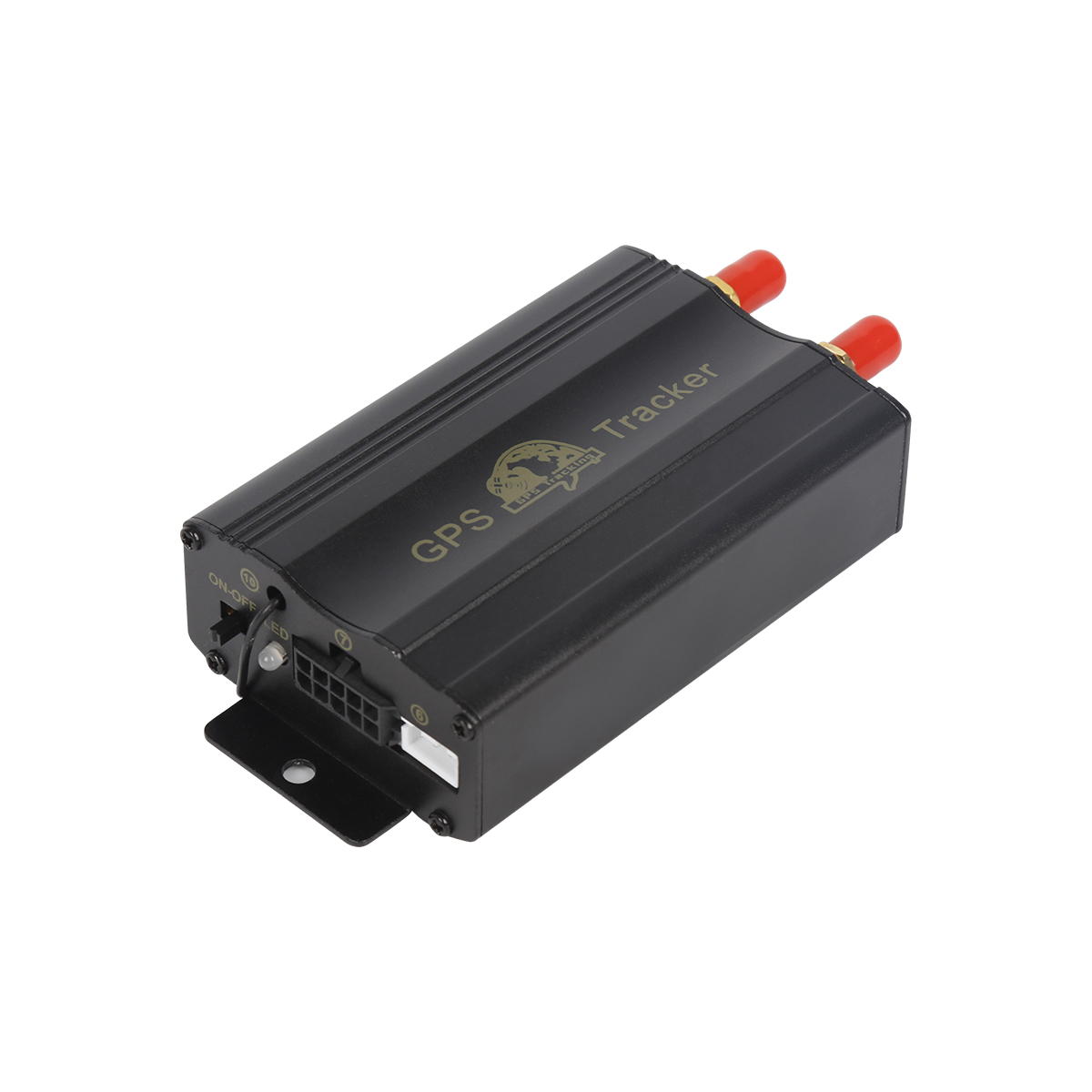source:truck tracking webfleet solutions release time:2022-10-22 Hits: Popular:realtime gps tracker online

There are seven evaluation criteria for the positioning performance of wireless sensor networks, which are described in the following sections.
1) Positioning accuracy. The primary evaluation index of positioning technology is positioning accuracy, which is divided into absolute accuracy and relative accuracy. Absolute accuracy is the deviation between the measured coordinates and the real coordinates, and is generally expressed in length units of measurement. The relative error is generally represented by the ratio between the error value and the wireless range of the node. The smaller the positioning error is, the higher the positioning accuracy is.
2) Scale. Different localization systems or algorithms may be able to locate within a building, a one-story building, or just a room.
In addition, given a certain amount of infrastructure or a period of time, how many targets a technology can locate is also an important evaluation index.
3) Anchor node density. Anchor node location usually relies on manual deployment or using GPS. The mode of manually deploying anchor nodes is not only limited by the network deployment environment, but also severely restricts the scalability of network and application. By using GPS, the cost of anchor nodes will be two orders of magnitude higher than that of ordinary nodes, which means that even if only 10% of nodes are anchor nodes, the price of the whole network will increase by 10 times. In addition, the range of positioning accuracy will increase with the increase of anchor node density is limited, and it will not increase after reaching a certain level. Therefore, anchor node density is also one of the important indexes to evaluate the performance of localization system and algorithm.
4) Node density. Node density is usually represented by the average connectivity of the network, and the accuracy of many localization algorithms is affected by node density.
In wireless sensor networks, the increase of node density not only means the increase of network deployment cost, but also brings limited bandwidth congestion due to the communication conflict between nodes.
5) Fault tolerance and adaptability. Both localization system and algorithm need ideal wireless communication environment and reliable network node equipment.
However, the real environment is often complex, and there will be node failure or node hardware precision limits, resulting in large distance or Angle measurement errors, such as, in this case, physical maintenance or replacement of nodes or use of other high-precision measurement means is often difficult or infeasible. Therefore, the positioning system and algorithm must have strong fault tolerance and self-adaptability, which can correct errors through automatic adjustment or reconstruction, and manage the fault of wireless sensor network to reduce the influence of various errors.
6) Power consumption. Power consumption is one of the most important factors affecting the design and implementation of wireless sensor networks. Due to the limited battery energy of sensor nodes, the computation, communication overhead, storage overhead, and time complexity required for positioning, which are closely related to power consumption, are a set of key indicators under the premise of ensuring positioning accuracy.
7) Cost. The cost of a positioning system or algorithm can be evaluated from different aspects. The time cost includes the installation time, configuration time and positioning time of a system. The space cost includes the number of infrastructure and network nodes required by a positioning system or algorithm, hardware size, etc. The capital cost includes the total cost of infrastructure and node equipment to implement a positioning system or algorithm.
Read recommendations:
Last article:GPS mobile phone positioning characteristics
Next article:Advantages of GPS technology
Related Information
portable gps tracker distributors
2023-03-16portable gps tracker Vendor
2023-04-23cat gps tracker
2023-04-11real-time gps tracking sales
2023-04-23real-time gps tracking wholesale
2023-04-23Magnetic gps tracker
2023-03-16fleet gps tracking
2023-04-23Dog gps tracker Processing
2023-04-23car gps tracker Factory
2023-04-11gps vehicle tracker wholesale
2023-04-11G900LS 8 Lines-4G Car GPS Tracker
2025-03-31G200NY -Cow/Camel GPS Tracker
2022-06-213000mAh Magnet Asset GPS Tracker
2025-03-31GF20-Mini Magnet GPS Tracker
2022-06-216000mAh Magnetic Asset GPS Tracker
2025-03-31Is the global GPS positioning system really free?vehicle gps tracker webfleet solutions
2023-02-24GPS positioning system prospects
2023-06-02GPS receiver product.Magnetic gps tracker wholesale
2023-06-05GPS helps you avoid the electronic eye
2023-02-02GPS ephemeris structure and solution process
2022-09-06Car GPS function.GPS Tracker for vehicles distributors
2023-05-13Integrated management of logistics vehicle GPS satellite positioning and driver smart card.personal
2023-07-07GPS development
2022-11-26GPS prevention of car stolen
2023-02-07Can the car GPS locator work normally in a special environment?gps tracker no monthly fee manufactur
2023-03-28Everyone analyzes the concerns of buying a car GPS.gps tracker for trailer distributors
2023-05-09Introduction to the physical signal of GPS
2022-08-26Does gps tracker cost traffic?
2022-09-15Gps speed limiter.The Role of GPS
2023-11-16The editor tells everyone where car GPS is usually installed.obd-II port gps tracker sales
2023-06-16